VICTORY BASE COMPLEX, Iraq - Fishing in manholes may seem like an unlikely thing to do, but it is routine for one group of Soldiers here. It doesn't mean standing over a hole with a rod and reel; it's more complicated and more physically demanding than that.
To the cable runners of Division Special Troops Battalion, 1st Cavalry Division, fishing manholes means pushing fiber optic wire through long distances under the ground to maintain a busy network of computer systems, phone and Internet connections.
High-quality work by these cable runners ensures the network functions as it should and that fiber optic cables go unnoticed around VBC and other forward operating bases.
"Everyone on the team has to be working together, it takes all eight of us," said Sgt. Nekito Turner, from Orlando, Fla. "From manhole to manhole we're pulling slack and feeding it, we have to be synchronized. We install a lot of manhole systems on VBC."
Without a solid network to communicate on VBC and throughout Multi-National Division-Baghdad, the military could lose its ability to help build a better Iraq.
"Our job is an essential one for situational awareness," added Turner. "Without the connectivity of the network, we wouldn't be able to inform each other of what's going on. Planning and keeping track of daily events would be more difficult."
The manhole system keeps the cable runners busy under the ground. Digging trenches is not a very glorious job, but it is a necessary one for these cable runners. The most efficient system for running cable includes finding the most direct routes from one place to another.
"First, we recon to make sure the route is functional. We have to be careful not to dig where there are power cables," said Turner. "Then we run cable, fishing it through conduits and up the manholes."
Terminating the fiber optic cable is the final process for installation. The cables are cut and connectors are placed onto the cable hooked into the router or server.
"There's work running cables every day throughout MND-B. We support multiple forward operating bases," said Pierre. "If a new unit comes in, we have to add on new users; this means more lines."
Also, new buildings must be connected to the network, which means making a new conduit system under the ground, Pierre added.
In addition to running, terminating and installing cables, troubleshooting cable problems is also a major responsibility for these Soldiers. After the connection has been made, things can happen to break it.
There are times when the cable gets cut or the connector switch becomes disabled, said Medina. Also, things may not be configured correctly. It may be time to change out the components to make the connection, he added.
One tool used frequently is a visual fault locator, which indicates if a cable is not working properly.
"If someone says the internet is down, we use the VFL to help us in spotting the problem, said Medina. "A lot of the time, we make the repairs by splicing or fusing the cable."
It takes a diverse amount of skills to run and maintain fiber optic cable. Soldiers must know all aspects of installing the cable to make the connection and they must be ready for any terrain challenge. They want to ensure the cables are not a worry for others on base.
Digging trenches and fishing manholes are part of the responsibilities that go with keeping the fiber optic cables of the network out of sight and out of mind.
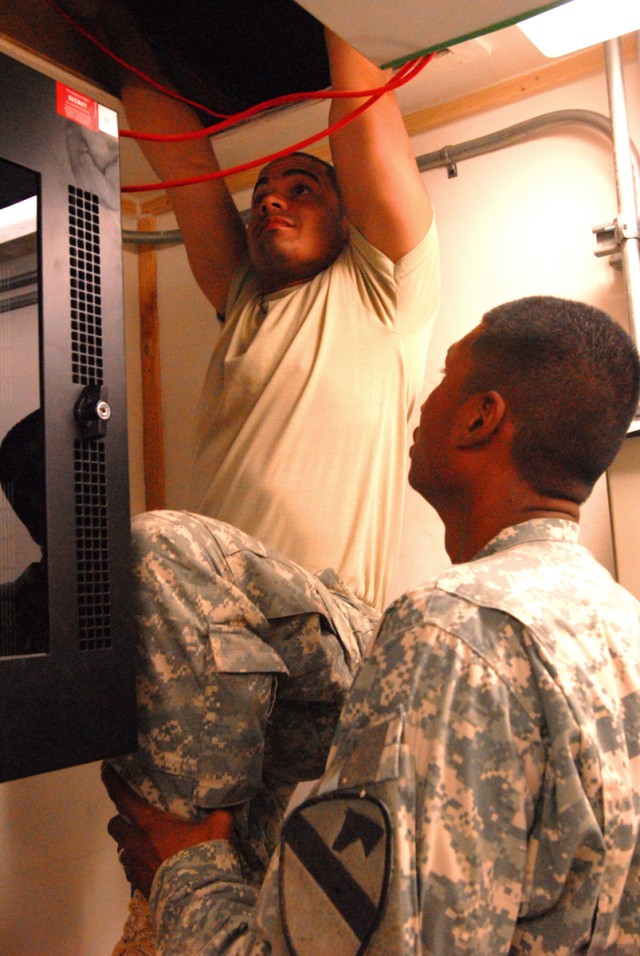
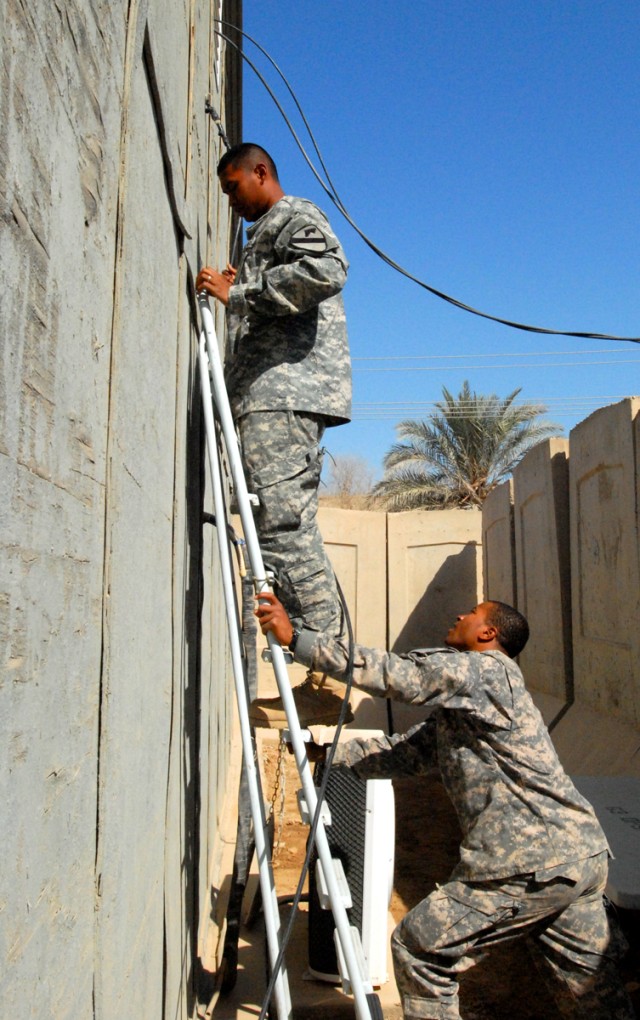
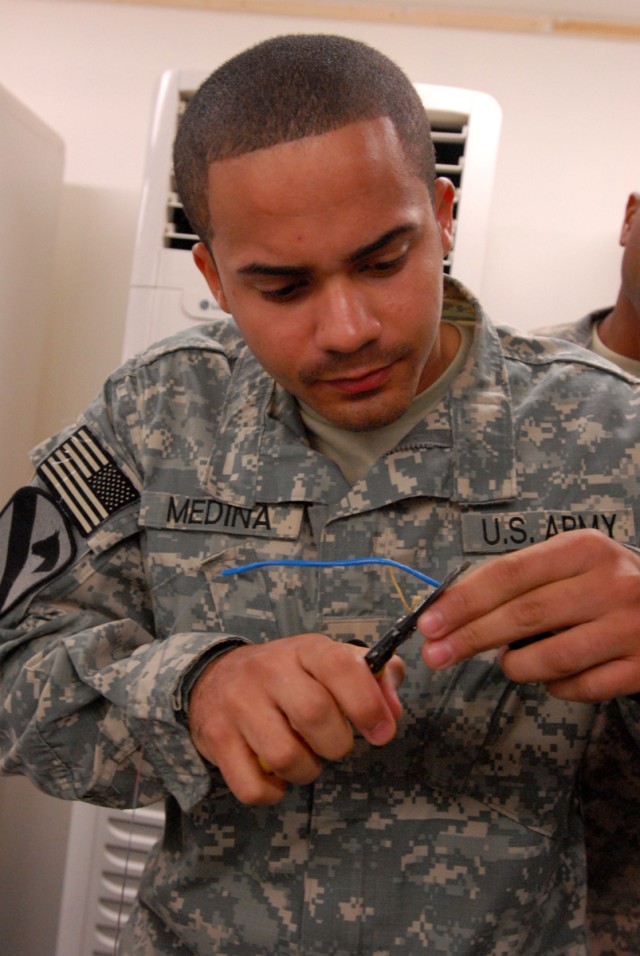


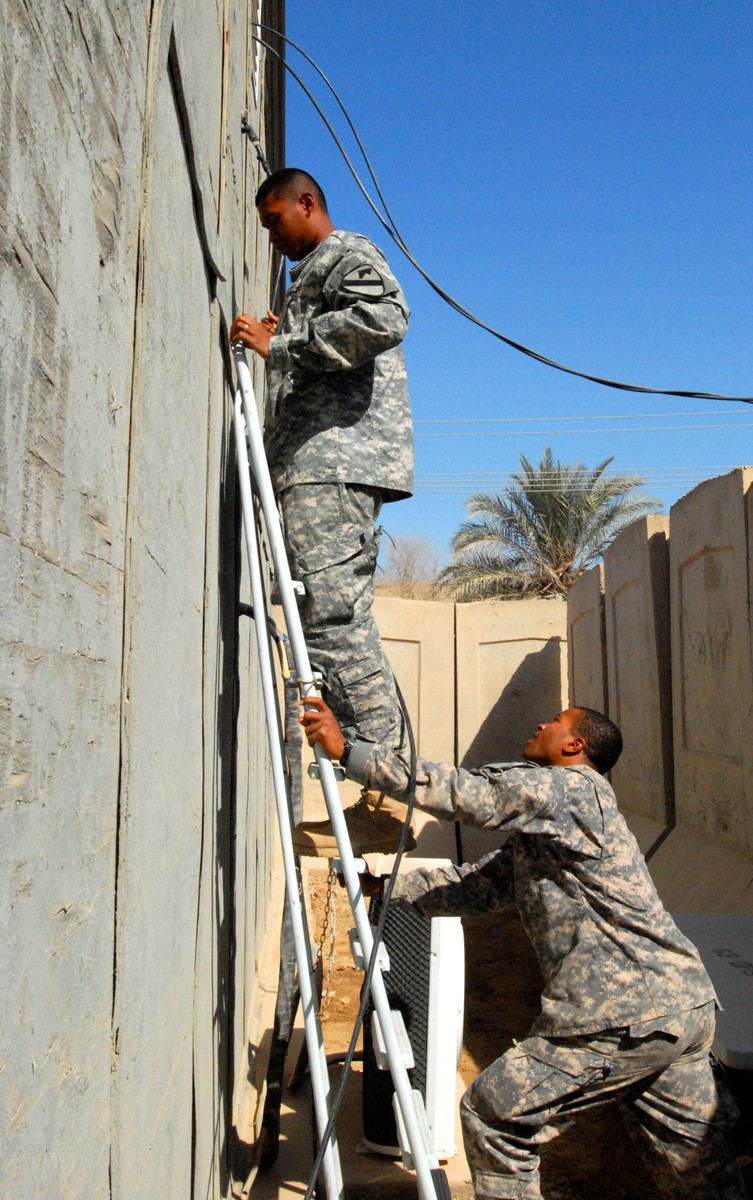
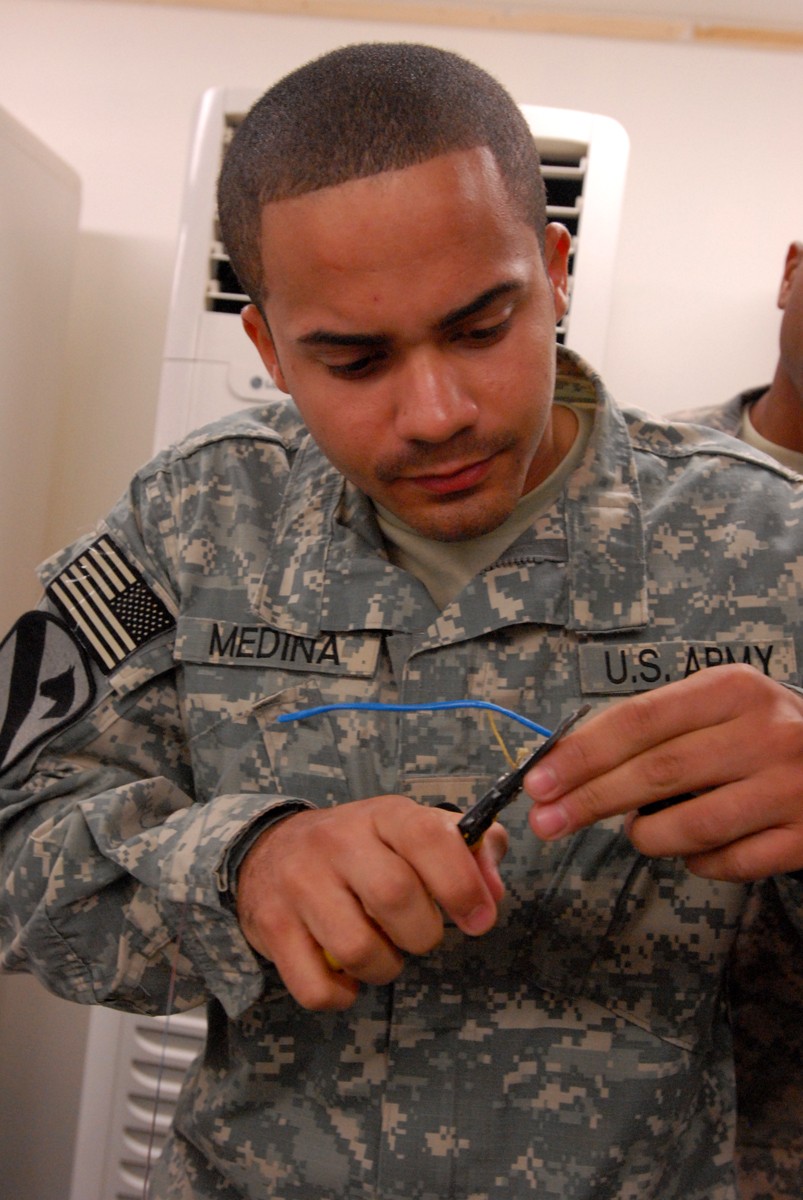

Social Sharing